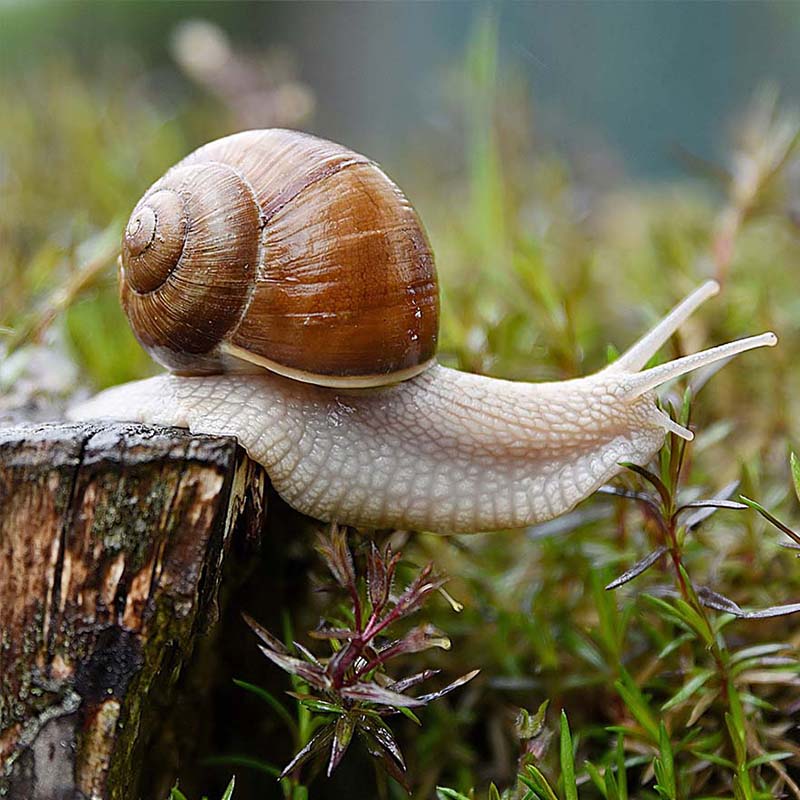info@petprintstudio.com
How to Care For a Pet Snail

Snail make great pets! They are low maintenance, easy to care for, and can live for many years with proper care. In this guide, we will cover everything you need to know to care for your new pet snail including how to choose the right snail, housing options, feeding requirements, cleaning and maintenance tasks, and tips on interacting with your snail. By following these steps, you will be well on your way to providing your snail with a happy and healthy home.

Choosing the Right Snail

When choosing a snail as a pet, there are several factors to consider:
- Size – Different species of snails vary in size from small (around 1 inch long) to large (over 8 inches long). Consider the space available in your home and whether a smaller or larger snail would be more suitable.
- Lifespan – Some snail species have much longer lifespans than others. Make sure you’re prepared for a long-term commitment if you choose a breed with a long lifespan.
- Temperament – Some snail species are known to be more active and social than others. If you want a snail that enjoys interaction and exploration, choose a breed that is known for those traits.
It’s important to do research before purchasing any pet snail so that you can ensure they will thrive in their new environment.
Housing Your Snail

A simple container like a plastic storage bin or glass terrarium will work perfectly as a habitat for your snail. The most important factor is ensuring that your snail has enough room to move around and explore. A snail that feels cramped or stressed may not thrive or even survive. Provide hiding spots such as leaves, branches, or other materials and stones for your snail to climb on and explore. You should also include some substrate material such as coconut fiber or soil for them to burrow into and lay eggs.
Regularly check the temperature in your snail’s enclosure and adjust accordingly using heating lamps or cooling methods. Most snail species prefer temperatures between 60°F to 80°F but it depends on the specific breed. Monitor humidity levels too, keeping it at about 50% to 70%. This level can help keep mold growth under control while still allowing for shedding.
To prevent escapes, use tight-fitting lids or covers on all enclosures except when feeding or cleaning. Snails are able to squeeze through surprisingly small gaps, so seal up any spaces they could potentially get out of. Additionally, regularly inspect your enclosures for signs of escape routes and plug them up accordingly.
Remember that every snail is different, and what works for one might not work for another. Be patient and observant, making changes as necessary until you find what makes your snail happiest. With the correct setup, your snail will enjoy its time outside its shell just as much as inside it.
Conclusion
Caring for a pet snail requires attention to detail, consistency, and understanding of their unique needs. From selecting the right type of snail for you to creating a comfortable living environment, providing appropriate dietary choices and regular monitoring of their health, taking good care of a snail takes effort and dedication. With love and care, however, your snail companion will reward you with years of joyful company.

